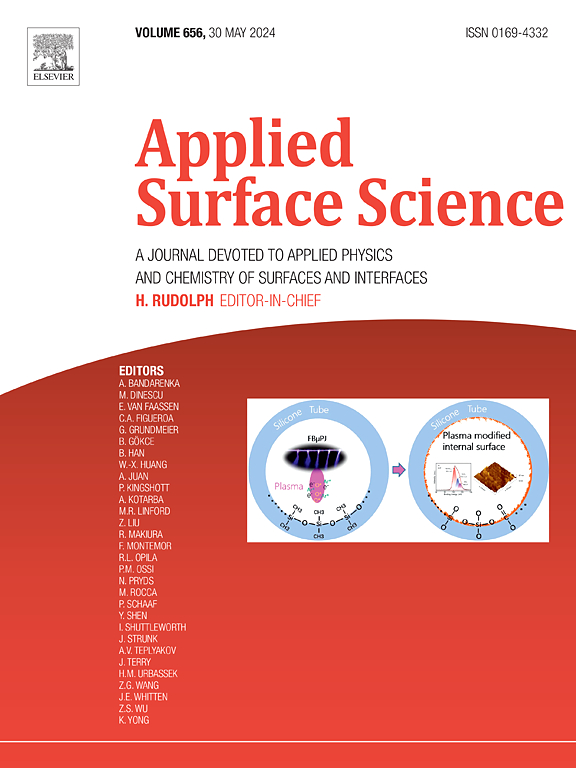Chromium promoted the efficient and stable catalytic degradation of propane over Pt/HZSM-5 catalyst: Optimization and reaction mechanism
IF 6.3
2区 材料科学
Q2 CHEMISTRY, PHYSICAL
引用次数: 0
Abstract
Light alkanes are a class of ubiquitous volatile organic compounds (VOCs), which bring great environmental hazards and health risks. However, low-temperature degradation of light alkanes is still a great challenge. Herein, a series of Pt/HZSM-5 catalysts without and with additives of Cr were fabricated. The catalytic performance of the catalysts for C3H8 low temperature combustion was investigated. It was found that Cr element had a significant effect on the activity of Pt/HZSM-5. Pt/Cr1/HZSM-5 performed the best catalytic oxidation activity for C3H8, excellent high temperature stability and water resistance. Characterization results of catalysts indicated that the introduction of Cr element could fix Pt site to promote the dispersion of Pt on the support. Moreover, the interaction between Cr and Pt produced more active Pt species, surface active lattice oxygen and acidic sites, which could promote the activation of C–H bonds in C3H8. Theoretical calculations showed that the interface between Pt and Cr had stronger adsorption for O2 and C3H8, which could accelerate propane oxidation. In this study, the effect of transition metal elements on the promotion of noble metal catalysts in the low-temperature degradation of light alkanes was discussed in depth, and it provided a reference for the design of efficient noble metal molecular sieve catalysts.


求助全文
约1分钟内获得全文
求助全文
来源期刊

Applied Surface Science
工程技术-材料科学:膜
CiteScore
12.50
自引率
7.50%
发文量
3393
审稿时长
67 days
期刊介绍:
Applied Surface Science covers topics contributing to a better understanding of surfaces, interfaces, nanostructures and their applications. The journal is concerned with scientific research on the atomic and molecular level of material properties determined with specific surface analytical techniques and/or computational methods, as well as the processing of such structures.
 求助内容:
求助内容: 应助结果提醒方式:
应助结果提醒方式:


